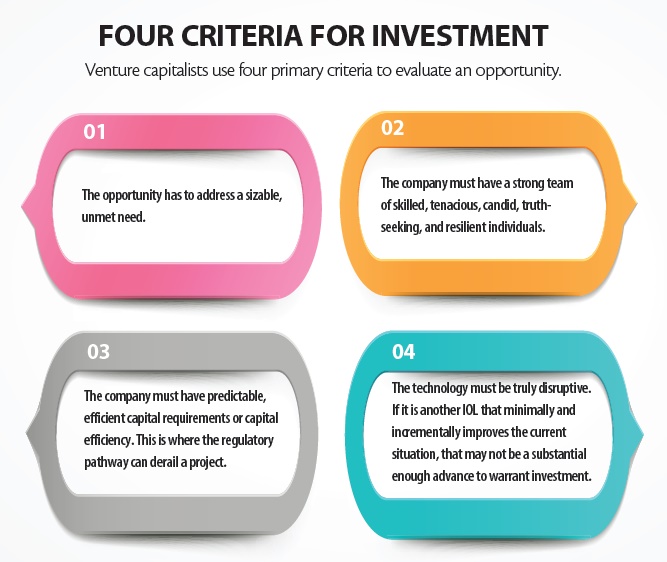
Historically, the regulatory pathway in the European Union (EU), especially for medical device technology, has been more straightforward and efficient than the process in the United States. As a result, many companies conduct their first human trials of innovative medical devices, such as IOLs, in Europe. European practitioners and patients have consequently had early access to some of the best innovations in ophthalmology.
Many industry experts are now concerned that tightened EU regulations for the approval and certification of medical devices will hamper innovation in ophthalmology and other areas of medicine. It is true that the regulatory environment in Europe is changing: the EU Medical Devices Directive is being interpreted more strictly, and shepherding new technologies through the European regulatory process has become more challenging.
Nevertheless, if the EU is able to maintain a balanced approach to regulation, and if medical device companies fully understand the current regulatory environment in Europe before moving forward with trials, innovation and investment should continue to flourish.
PROTECTION FOR PATIENTS AND PRACTITIONERS
Although new EU regulations might seem to hinder technological innovation, there is more to the story. Regulation—an important step that companies must take as part of the innovation process—has a number of positive effects, the foremost of which is protection for patients and practitioners. The potential benefits of medical advances must be balanced against the introduction of potential risks. Maintaining that balance is something both the FDA and European regulatory authorities strive to do, albeit with different approaches and degrees of efficiency.
On the whole, I believe the regulatory process adds value by protecting the public from harm and reducing risk. Companies that are committed to innovation must also be committed to rigorous testing to ensure the safety and efficacy of their products. In this sense, regulation and innovation are not at odds but are two sides of the coin of product development.
The challenge that exists in Europe and other regions is maintaining a balanced approach to regulation. Financial resources are directed to opportunities that offer a good return on investment. When a company identifies a market opportunity and finds a way to fill it—such as by providing a safe and effective treatment option for patients and clinicians—then that innovation can be appropriately rewarded.
When regulatory rigor is increased, the time and cost of bringing such innovative technology to market also increases. If regulations become too onerous, inventors and innovators will be dissuaded from pursuing an opportunity that would otherwise have been pursued.
PROTECTION FOR INNOVATORS AND INVESTORS
Innovators and investors rely on the regulatory process for protection, although of a different kind from those discussed above. Investors want to know that a competitor must navigate the same rigorous regulatory process that they have undertaken and cannot easily enter the market with a similar product. That is, regulation helps to level the playing field for innovators and investors, because a competitor cannot bring a similar product to market without meeting the same regulatory requirements as the initial innovator.
When venture capitalists evaluate an opportunity, we look at the time and cost of bringing a new technology to key markets. We ask a number of basic questions. What is the opportunity? Is it worthwhile? What is the size of the unmet need? Will the unmet need be adequately addressed by the new technology? Will the opportunity be properly rewarded so that the investment of time and capital is worth it? (see Four Criteria for Investment.)
If the answer to all these questions is yes, then a venture capital firm might decide to invest. In doing so, the investors rely on the regulatory process for protection, just as innovators do. We want to know that, in funding a new technology, a competitor will face the same barriers we face. Any competitor will have to be similarly rigorous, properly funded, and skilled in navigating the regulatory process and the MDD. That gives innovators and investors an important level of comfort about moving forward.

WHAT CAN COMPANIES DO IN 2015?
The recent changes in the EU regulatory environment are appropriate ones in light of recent well-publicized failures in the medical device industry.1,2 As investors, we want to make sure that companies and clinicians do the right things in bringing technologies to market. The European process is becoming more rigorous than it was. If the EU regulatory authorities are able to maintain efficiency while increasing rigor, then innovation and investment should continue to be available in Europe.
However, companies must be well informed. They must understand the regulatory process before bringing a new medical device to market. They must plan realistically, in terms of time and cost, and then execute the plan professionally—not only by developing the technology itself, but by maneuvering and navigating the regulatory hurdles.
Time is money. In the United States in the 1970s and early 1980s, it took 3 to 4 years to get a product such as an IOL to market. Today, it may take 5 to 8 years. As a result, the capital required to bring a new IOL to the US market today is two or three times what it used to be. Will that happen in Europe? As EU regulations are tightened, it may take more time and capital to bring innovation to that market. Companies and venture capitalists must be cognizant of this.
Then, if and when the new device reaches the market, companies must be skilled and adept at making sure the innovation continues to meet the needs and expectations of customers. The recent changes in the EU process require more postmarket surveillance, and this must be factored into any business plan.
Finally, both innovators and investors must consider how the European regulatory process compares with the process in other key markets. Is it more or less rigorous and more or less capital and time efficient than in other developed markets such as the United States, Japan, or Australia? Right now, I believe that the EU regulatory pathway for medical device technologies in ophthalmology remains better balanced than in many other countries, but I will be watching carefully as the next year unfolds.
1. Pips breast implant scandal: regulator warned years earlier. May 15, 2012. The Telegraph. http://www.telegraph.co.uk/health/…../Pips-breast-implant-scandal-Regulator-warned-years-earlier.html. Accessed January 5, 2015.
2. Faulty medical implants investigation: how the scandal was uncovered. The Telegraph. October 23, 2012. http://www.telegraph.co.uk/health/9626913/Faulty-medical-implants-investigation-How-the-scandal-was-uncovered.html. Accessed January 5, 2015.
William Link, PhD
• founder and managing director, Versant Ventures
• Bill@VersantVentures.com


